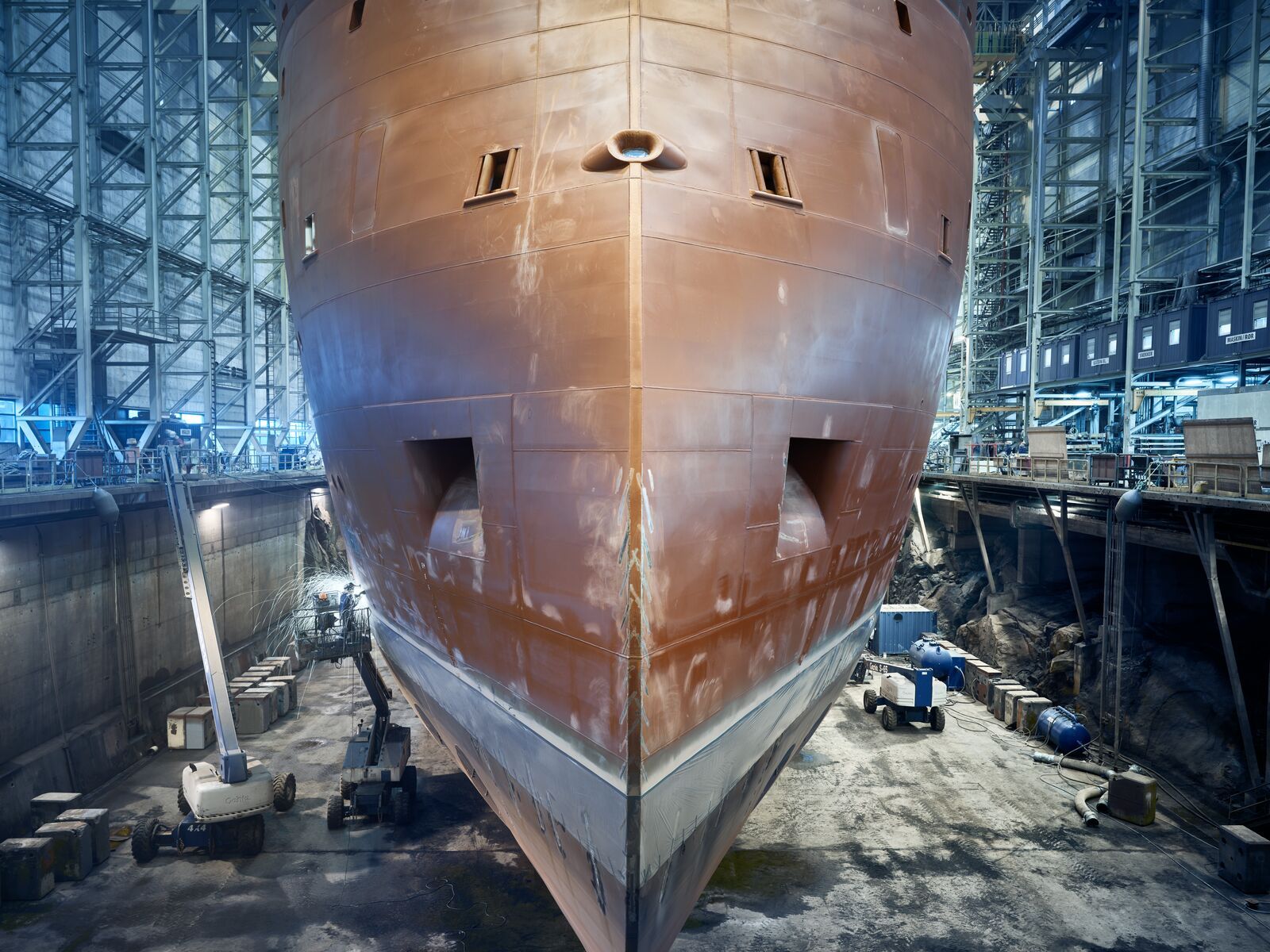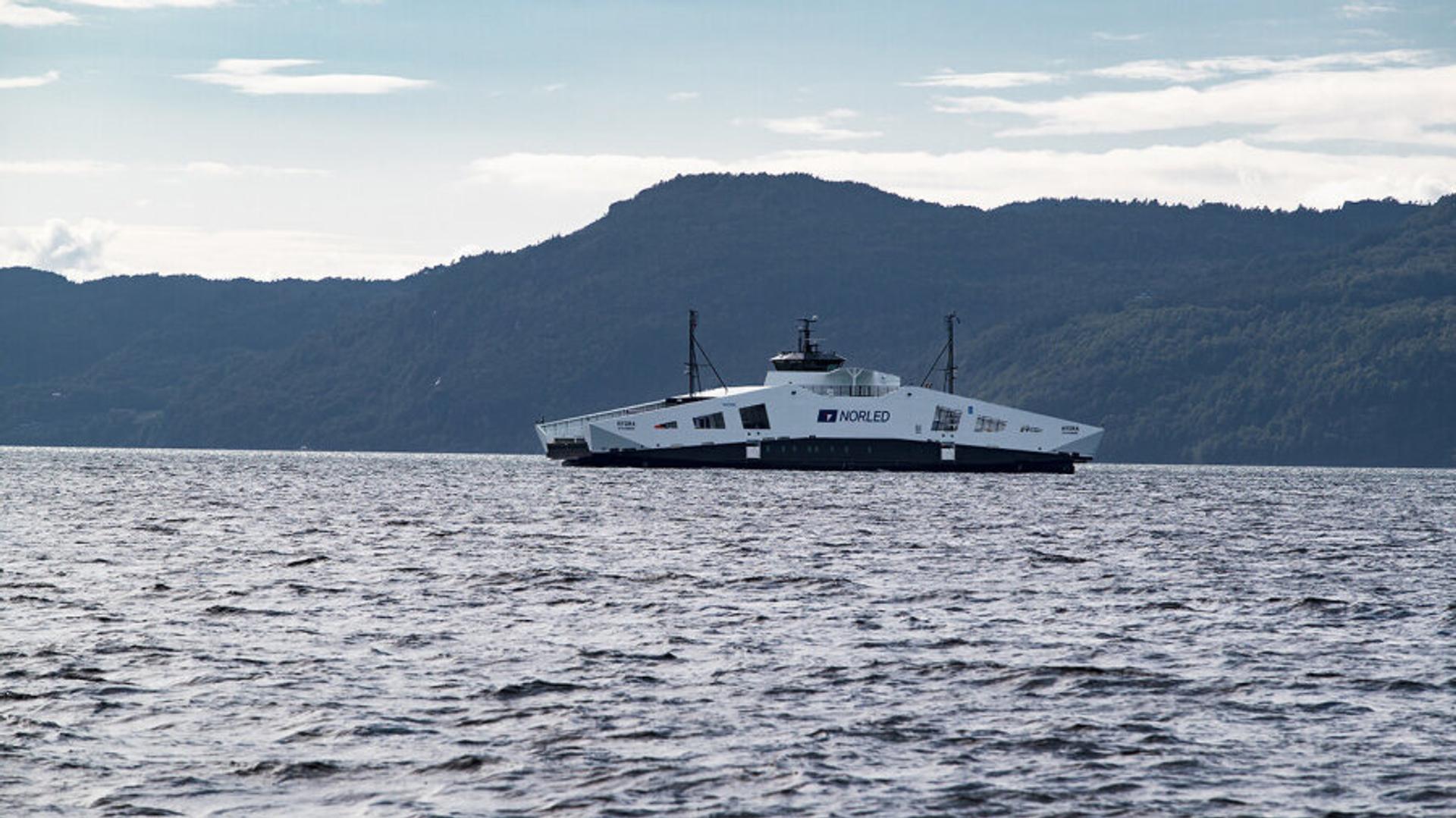Norway awards record funding to green maritime projects

The record-breaking funding highlights Norway’s recipe for success in the green maritime transition: robust public-private partnership together with international collaboration. The main ingredient is Norway’s complete green maritime value chain, and there is a national strategic initiative to boost green maritime exports in place to take full advantage of this.
“Green maritime is a designated high-priority area for the Norwegian Government,” says Sveinung Oftedal, Special Advisor at the Norwegian Ministry of Climate and Environment.
“Private companies do the innovation, scaling and day-to-day business while the Government supports their efforts with funding tools, the use of carbon pricing and an optimal regulatory framework.”
While the Enova award recipients are Norwegian, the international nature of shipping implies that partners from Denmark, the Netherlands, Germany and others will reap the benefits as well.
In ammonia, grants will go to Amon Maritime and Hoegh Autolines, which are building a new class of the world’s largest car carriers, four of which will have dual-fuel ammonia propulsion.
Halten Bulk, Møre Sjø and Napier will receive funding for hydrogen vessels, as will the Norwegian division of Maris Fiducia, which plans to build five 6 000 dwt vessels. In addition, HAV Hydrogen will build a full-scale prototype of its “zero emission pod” – a containerised hydrogen energy system for ships.
“We are proud to be making a green footprint in the maritime sector. This is our global contribution,” says Oftedal.
No electric ferries without public-private synergy
The funding aims to accelerate progress towards the Norwegian Government’s goal of reducing GHG emissions from domestic shipping by at least 55 per cent by 2030.Norway’s Green Shipping Programme, a public-private partnership, plays a key role in achieving these ambitious climate goals.
So far, the programme has resulted in 54 pilot projects and global leadership in electric ferries, as well as a dedicated service for shipowners and cargo owners wanting to build zero-emission cargo vessels.
“The Green Shipping Programme has been important in resolving the many barriers in transitioning to zero-emission shipping,” states Hans Inge Bollingmo, Head of Green Maritime at Innovation Norway.
“The Norwegian zero emission journey started with the world’s first electric ferry, the MS Ampere, and today Norway has over 70 electric ferries – more than any other country. This would not have been possible without Norway’s complete maritime value chain and a well-functioning public-private partnership,” he says.

Norway spearheads global policy collaboration
Following the advent of fully electric ferries came the MF Hydra, the world’s first liquid hydrogen-powered ferry. The Hydra represents a major technological success, but technology is only part of the picture. Given hydrogen’s combustibility, the Norwegian Maritime Authority offers specialised expertise to enable safety approval of the use of hydrogen as a maritime fuel.
The regulatory effort for hydrogen has required cooperation among a complex network of Norwegian and international entities, including classification societies, the Norwegian Maritime Authority, the International Maritime Organization (IMO) and national, regional, county and city authorities in various countries.
The Norwegian Government is working diligently outside and within its own borders.
“Our regulatory framework on zero-emission shipping is an export product. Norway has developed excellent green policies and regulations that can be relevant for other countries. We will continue to collaborate, especially at the government-to-government level,” says Bollingmo.
In addition, MF Hydra illustrates the importance of county and municipal authorities in realising green maritime projects. Without the political support and purchasing power of the public sector, private maritime companies would not have the resources to put zero-emission vessels on the water.
High global interest in Norway’s complete value chain
Each year up to 20 maritime delegations from countries around the world visit Norway, where they can see the whole green maritime value chain in just a few days. They can tour all the high-tech vessels as well. Most Norwegian maritime companies are located in close proximity to each other and have positive, longstanding relationships based on the country’s strong maritime tradition.
“We are happy to receive potential partners from other countries. We also travel abroad to show our solutions to others. Our goal is to stimulate cross-border cooperation,” says Hans Inge Bollingmo of Innovation Norway.
“Nobody can do this alone,” adds Sveinung Oftedal of the Ministry of Climate and Environment.
“We engage in international partnerships in both the government and commercial arenas. As a rule, Norwegian organisations are fair, transparent and globally oriented. To our potential partners, we say, ‘Yes, come to Norway, but also take us home with you’,” he concludes.
This article was first published in TradeWinds magazine in August 2024.
.jpg?auto=format&w=1920&q=75)


